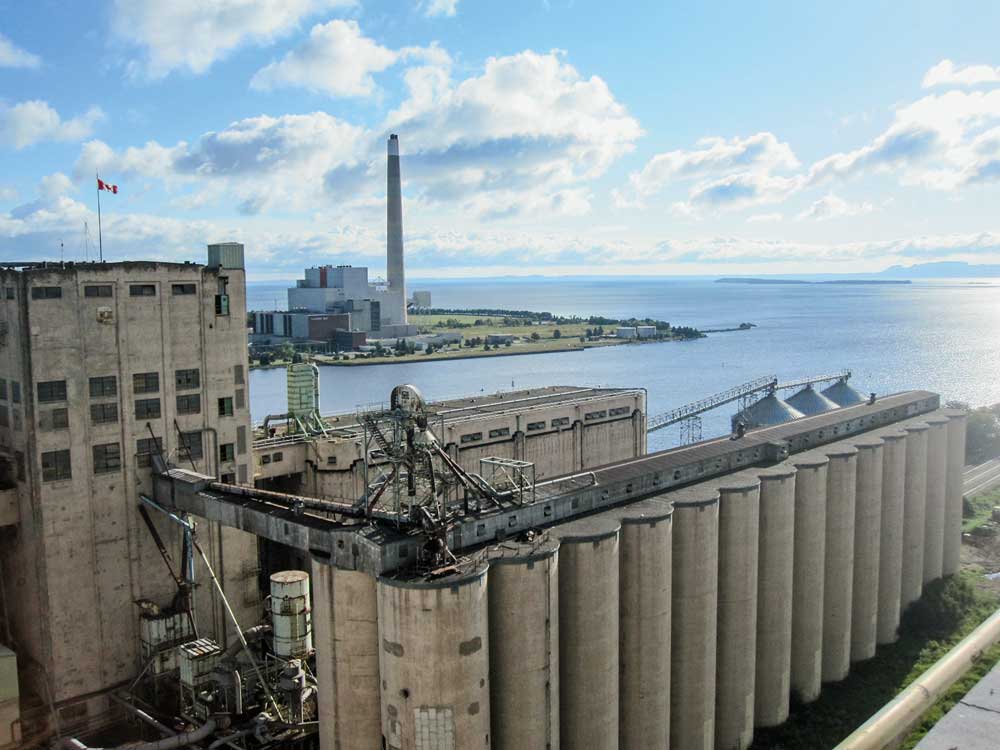Grain reserves: In the hands of just a few countries
By Dr Christian Bickert, DLG Mitteilungen
Each month the US Department of Agriculture (USDA) publishes a balance that is awaited by the entire market as if it was the first edition of the Bible. For many investment funds and stock market investors, everything depends on the figures involved. And the totals given by the USDA therein are eagerly absorbed and mostly accepted without question.
Where are the global reserves stored?
These figures depict the global reserves of wheat and similar agricultural products. Totals that many investors keep an eye on. Just how accurate the USDA figures are is not the main question. After all, nothing better is available and the totals tally quite well with other figures in most cases. Much more important is where the estimated stocks are located. After all, a tonne of wheat is in metric terms always a tonne. But not every single tonne is available on the world market. Some reserves are simply not for sale.
With China, we’ve seen this situation for a long time now. That country now stockpiles two-thirds of global grain reserves – tendency rising. And the contents of the silos in China are available only to the domestic market with no shipments going abroad. Quite the contrary, in fact. Despite its immense reserves China continues to import grain. India, the world’s largest exporter of rice, has also immense stockpiles of wheat - about the same amount as the average annual harvest in Germany. But apart from marginal amounts shipped to neighbouring countries, this grain is not sold abroad. With sugar, too, India exports hardly any and retains very high stockpiles that are not planned for export.
Production countries are few
For many important products there are only a handful of countries actually growing the crops. And there are other aspects to be considered including the question of local concentration. Let’s take palm oil as an example: Indonesia and Malaysia produce around 85 % of world output, so they are practically the only exporters and, with that, stockpilers. In the whole of the rest of the world is stored as much palm oil as is stockpiled in Indonesia (3.8 m t). In that palm oil represents a strong third of all world vegetable oils, adverse weather conditions in the two countries could send the entire vegetable oil market catapulting upwards or crashing into the cellar. Incidentally, the next largest producer of palm oil is neighbour Thailand.
Concentrated production…
Similarly concentrated is sunflower oil cultivation. 60 % of the world harvest is carted home from the fields of southern Russia and Ukraine. Another 20 % comes from EU and Argentine farms, although Ukraine and Russia supply over 80 % of all sunflower oil exports.
Freely available rapeseed stockpiles are practically found only in Canada. Surplus producers are also Australia and Ukraine, but their rapeseed is always completely sold off.
For soybeans there are only three important national producers - and thus stockpilers. With maize grain, four countries produce for the world market. For both crops, Brazil and Argentine are the main players. Monetary turbulence, as experience from the beginning of this year, logistic interruptions through corona or also low water levels as just now on the Parana river, along which most of the Argentinian harvest is transported, don’t of course effect existing stocks, but do influence their accessibility.
…and concentrated storage
There are practically no important agricultural raw material reserves that are not concentrated in just a few surplus production countries. The least concentration occurs with sugar. In this case the three largest stockpilers have together a good half of all worldwide reserves. If China and India (the two largest stockpilers who either do not sell abroad or sell only a small proportion of reserves) are removed from the calculation, then the remaining stores totalling some 24 m t are distributed quite uniformly over eight large and six smaller countries. With wheat and barley reserves, the EU plays a big role.
Outwith the storage silos in China and India, 121 m t of wheat is stored worldwide of which 27 m t is in the USA, 13 m t in the EU and 8 m t in Russia. With barley, the USDA reports an estimated 22 m t stored in silos at end of June, with 6 m t in the EU and 2 m t in Australia. And »Down Under« only features here with significant amounts of barley because it is now wintertime in the southern hemisphere and the harvest therefore not too long completed. Shortly before the beginning of the new harvest all stores will be emptied. This means we can say that, with barley, the EU represents the world’s stopgap store.
Who owns the reserves?
In most cases, processing companies, trading houses or (especially in China, Russia and India) state organisations run the storage facilities. In the EU hardly any farmers store grain or oilseeds. The case is different in Argentine. Because of the monetary turbulence and high export taxes there, farmers store a large proportion of their maize and soybean harvests, sometimes long-term and selling only when they need the capital.



